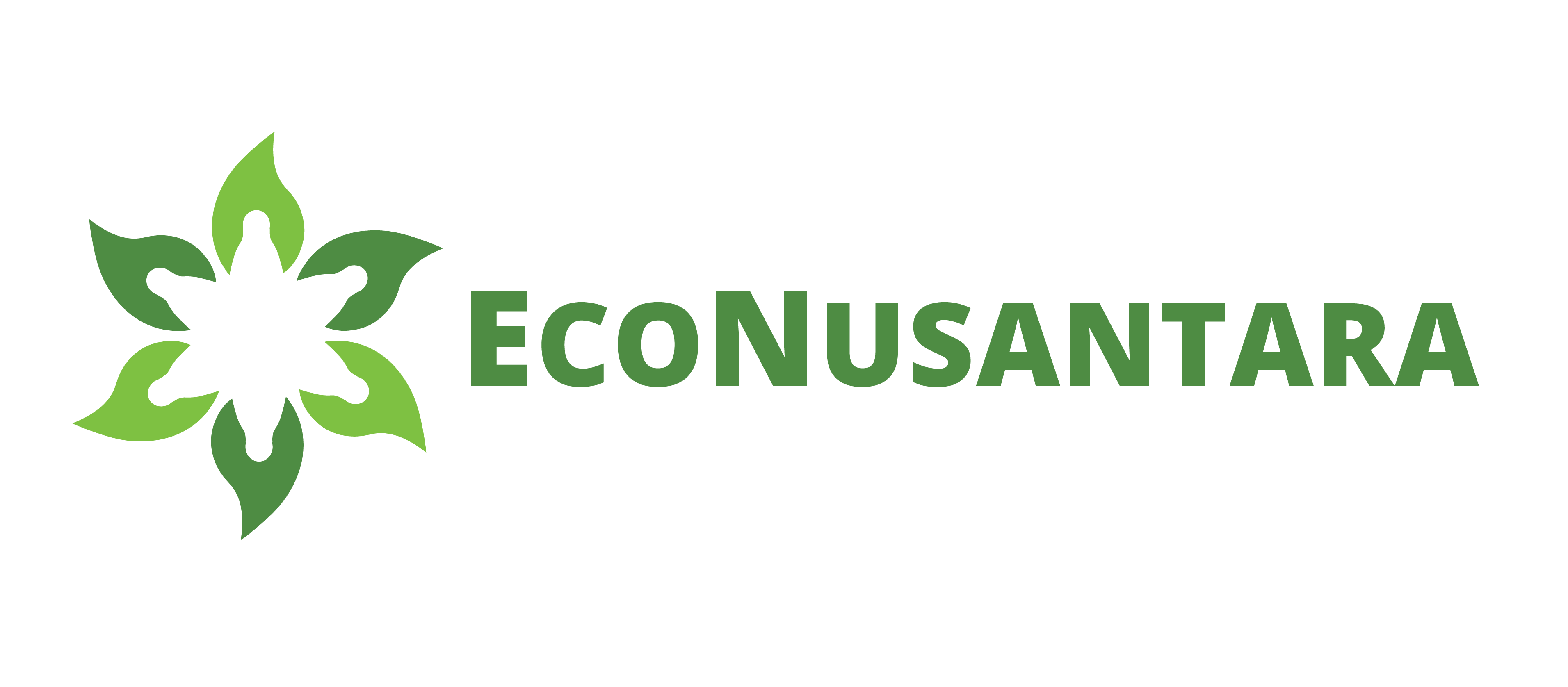Disposable sanitary napkins contribute significantly to the destruction of nature and the environment. This is because disposable sanitary napkins end up in landfills after use. Disposable sanitary napkins consist of cotton, plastic, hydrogel, and other chemicals that are very difficult to decompose. As we know, plastic materials take hundreds of years to decompose, not to mention chemicals such as bleach and fragrances contained in sanitary napkins consisting of thousands of chemicals that are harmful to the environment.
Sanitary napkins are a basic need for reproductively active women. Each woman can change pads 3 to 5 times when her menstrual period comes, depending on the duration and volume of bleeding. When multiplied, each woman uses more than 300 sanitary napkins a year. Imagine the use of single-use sanitary napkins around the world, the waste of these sanitary products can reach a fantastic amount.
After use, usually the pads will be washed before being thrown away. If you are not smart in disposing of this one waste, the actions taken can endanger the living environment, nature, and even the future. Garbage sanitary napkins that accumulate in a certain period of time release methane gas which plays a major role in global warming. In addition, the structure of disposable sanitary napkins is easy to fall off and scatter. These pads-forming materials can absorb water and under certain conditions, such as in the sea, can blend into the marine ecosystem as a pollutant. These chemicals will not decompose even after being eaten by marine animals, and instead cause poisoning.
So, how to handle it?
Some may think that disposable sanitary napkins can be handled by burning. In fact, it will only exacerbate pollution. Burning will produce dioxin which is very dangerous if inhaled. Dioxins can trigger various diseases, one of which is cancer, and in certain amounts can cause life-threatening poisoning.
There are several innovations in processing sanitary napkin waste. One of them is to make it a liquid fertilizer that is useful for plants. In addition, sanitary napkins can also be chopped and recycled into new items such as plastic/nylon yarn, various household items, and fertilizers (Liputan6.com). Even so, these efforts need to be encouraged considering that the volume of sanitary napkin waste in nature is still very high.
Another solution is to switch to using reusable products, such as sanitary napkins, menstrual pants, and menstrual cups. Fabric sanitary napkin products are proven to be environmentally friendly and do not cause harmful waste. Fabrics which are organic materials can decompose easily, besides that they can be used for a long time. The same applies to menstrual pants which are a new breakthrough. Although the price per unit is quite expensive, it is still very affordable when compared to the cost of buying disposable pads every time the menstrual cycle comes.
Another solution is menstrual cups. This object is made of silicon which is abundant in the earth. Although menstrual cups offer much more eco-friendly features, their use is still debated. There are traditional values and beliefs that do not support the use of menstrual cups, especially for unmarried women.
Protecting nature and the environment is everyone’s responsibility. For women, it is time to make a choice whether to continue using single-use sanitary products or switch to products that are more environmentally friendly. Education regarding the use of sanitary products is still rarely found, that’s what makes public awareness is still very thin. (*)

